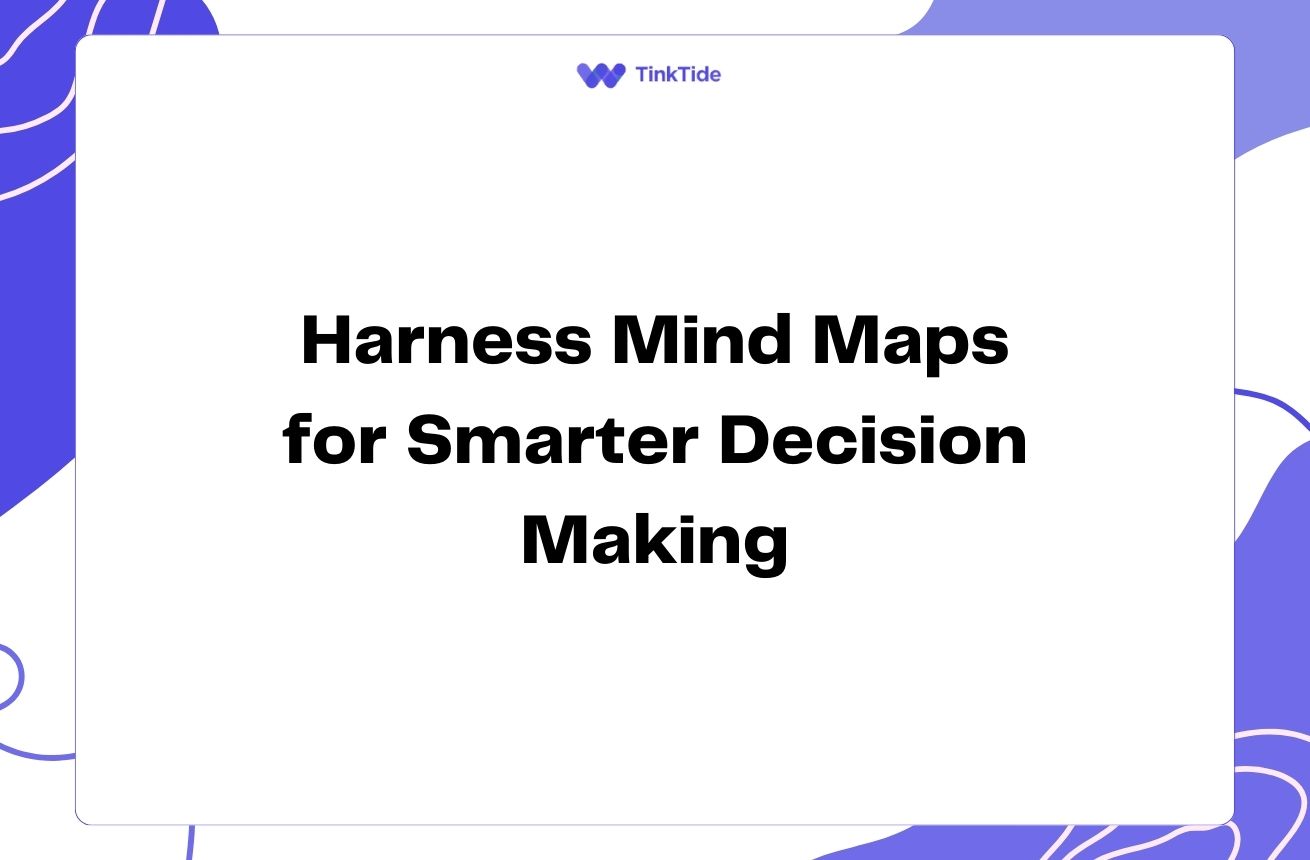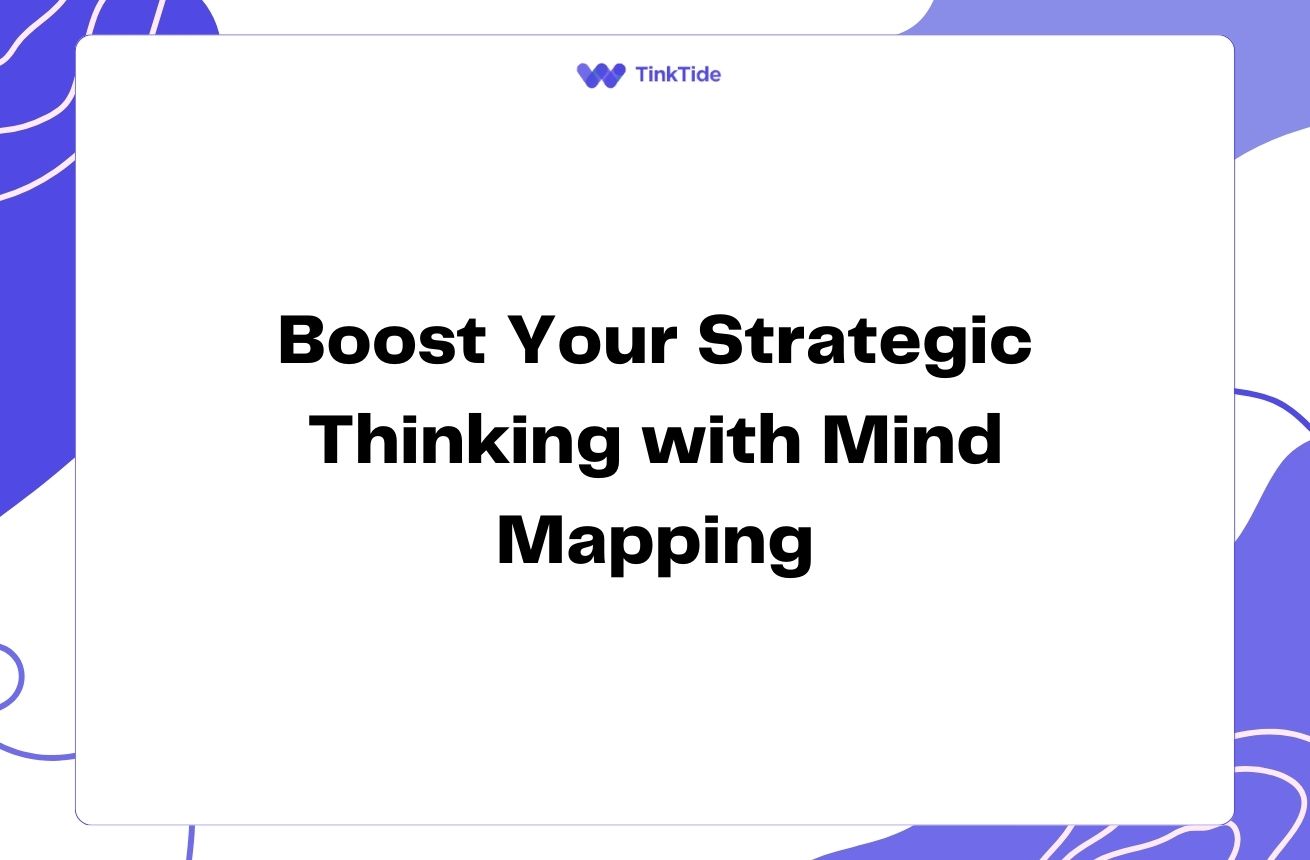Mind Mapping 101: Boost Your Creativity and Planning Skills
What is Mind Mapping?
Mind mapping is a powerful visual thinking tool that helps organize information in a way that mirrors how our brains naturally process and connect ideas. At its core, a mind map is a diagram that represents concepts, tasks, or information radiating from a central theme.
Unlike linear note-taking, mind mapping encourages a more organic and creative approach to brainstorming and planning. It allows you to see the big picture while also focusing on individual details, making it an invaluable technique for various personal and professional applications.
The concept of mind mapping was popularized by British psychology author Tony Buzan in the 1970s, although similar visual thinking techniques have been used for centuries by great thinkers like Leonardo da Vinci and Albert Einstein.
Key Elements of a Mind Map
Understanding the basic structure of a mind map is crucial for creating effective visual representations of your ideas. Here are the essential components:
- Central Theme: The main topic or focus of your mind map
- Branches: Primary ideas or categories stemming from the central theme
- Sub-branches: Secondary ideas or details related to each primary branch
- Keywords: Concise words or phrases that capture the essence of each idea
- Images: Visual representations to enhance memory and creativity
- Colors: Used to categorize, highlight, or differentiate ideas
Benefits of Mind Mapping
Mind mapping offers numerous advantages for both personal and professional use. By incorporating this technique into your workflow, you can experience significant improvements in various aspects of your thinking and planning processes.
One of the primary benefits is enhanced creativity. The non-linear nature of mind maps allows for free association of ideas, helping you uncover connections and insights that might not be apparent in traditional note-taking methods. This can lead to more innovative solutions and out-of-the-box thinking.
Additionally, mind mapping improves memory retention. The visual nature of mind maps, combined with the use of colors, images, and keywords, makes information more memorable and easier to recall. This can be particularly helpful when studying for exams or preparing for presentations.
Lastly, mind mapping is an excellent tool for project planning and management. It allows you to break down complex projects into manageable tasks, visualize dependencies, and identify potential roadblocks or opportunities. This bird's-eye view can significantly enhance your ability to plan and execute projects effectively.
How to Create a Mind Map
Creating a mind map is a simple process that can be done with just pen and paper or using digital tools. Follow these steps to get started:
- Start with a blank page and write your central theme in the middle
- Draw branches radiating from the central theme for main ideas
- Add sub-branches to each main branch for related concepts
- Use keywords and short phrases instead of long sentences
- Incorporate images, symbols, and colors to enhance visual appeal
- Continue adding branches and sub-branches as new ideas emerge
Mind Mapping Tools and Software
While traditional pen-and-paper mind mapping is still effective, digital tools offer additional features and flexibility. Here are some popular mind mapping software options:
- MindMeister: A user-friendly, cloud-based mind mapping tool
- XMind: Offers both free and paid versions with advanced features
- MindMup: A free, open-source mind mapping tool with Google Drive integration
- Coggle: Provides real-time collaboration and easy sharing options
- Mindomo: Offers templates and integrations with popular productivity tools
Practical Applications of Mind Mapping
Mind mapping can be applied to various personal and professional scenarios. Here are some practical ways to incorporate mind mapping into your daily life:
In education, mind maps can be used for note-taking, essay planning, and exam preparation. They help students organize information and see connections between different concepts, leading to better understanding and retention of the material.
For business professionals, mind mapping is invaluable for project planning, brainstorming sessions, and strategic thinking. It can help teams visualize complex problems, generate innovative solutions, and create comprehensive action plans.
Writers and content creators can use mind maps to outline articles, books, or presentations. This technique allows for a more organic flow of ideas and helps identify gaps in content or potential areas for expansion.
Address common questions
Here are some frequently asked questions about mind mapping:
Is mind mapping suitable for linear thinkers?
Yes, mind mapping can be beneficial for linear thinkers as it encourages more flexible and creative thinking. It may take some practice, but many linear thinkers find that mind mapping complements their existing thought processes and helps them see connections they might have missed otherwise.
Can mind mapping be used for group brainstorming?
Absolutely! Mind mapping is an excellent tool for group brainstorming sessions. It allows for visual representation of ideas, encourages participation, and helps the group see how different concepts relate to each other. Digital mind mapping tools with real-time collaboration features are particularly useful for remote or hybrid teams.
How does mind mapping compare to traditional note-taking?
While traditional note-taking is often linear and text-based, mind mapping is more visual and non-linear. Mind maps can capture the same information as traditional notes but in a format that's often easier to review and remember. Many people find that combining both methods – using mind maps for big-picture thinking and traditional notes for detailed information – works best.
Are there any limitations to mind mapping?
Mind mapping may not be ideal for every situation. For instance, it might not be the best choice for capturing highly detailed, sequential information. Additionally, some people may find it challenging to create mind maps initially, especially if they're used to more structured note-taking methods. However, with practice, these limitations can often be overcome.
How can I improve my mind mapping skills?
To improve your mind mapping skills, practice regularly with various topics. Start with simple mind maps and gradually increase complexity. Experiment with different colors, images, and layouts to find what works best for you. Also, try using different mind mapping tools to explore additional features and possibilities.
Provide additional resources
The Mind Map Book by Tony Buzan
The definitive guide to mind mapping by its creator
Mind Mapping for Dummies
A comprehensive beginner's guide to mind mapping
iMindMap Tutorial
Video tutorial on using iMindMap software
Mind Mapping in Education
Article on applying mind mapping in educational settings
Mind Mapping for Business
Guide to using mind maps in business contexts
Summarize key takeaways
Mind mapping is a powerful visual thinking tool that can revolutionize your approach to planning and brainstorming. By representing ideas in a non-linear, visual format, mind maps tap into your brain's natural thinking processes, enhancing creativity and improving information retention.
Whether you're a student, professional, or creative thinker, incorporating mind mapping into your workflow can lead to more innovative ideas, better-organized projects, and improved problem-solving skills. With numerous digital tools available, it's easier than ever to get started with mind mapping.
We encourage you to try mind mapping for your next project or brainstorming session. Experiment with different techniques and tools to find what works best for you, and don't be afraid to let your creativity flow. With practice, mind mapping can become an invaluable skill in your personal and professional toolkit.
Elevate Your Productivity with Mind Mapping
Ready to transform your planning and brainstorming? Start your journey with our intuitive mind mapping tool.
Start Your Free Trial

